Earth's core: Scientists think they've found another core at the centre of the Earth
- Published
- comments

Scientists in Australia think they've found evidence of another layer to Earth's structure
New research suggests there's an even more inner core inside Earth's inner core!
We know the Earth is made up of at least four layers: the crust, the mantle, the outer core and the inner core.
The theory that the Earth's inner core is made up of more than one part was first put forward 20 years ago.
Now, new findings from The Australian National University help to confirm that there's a fifth layer called the innermost inner core.
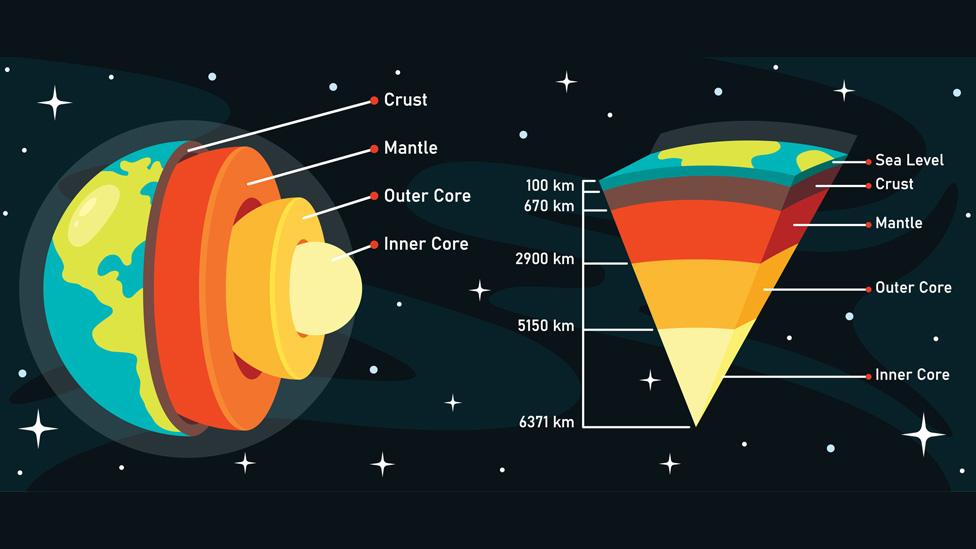
Scientists believe there's another layer inside the inner core called the innermost inner core
The structure of the earth is kind of like the idea of Russian dolls - one layer inside the other.
But we're not able to drill all the way to the Earth's core, so scientists have used seismic waves instead.
Seismic waves are vibrating movements deep below Earth's surface which can result from things like earthquakes, volcanic eruptions or landslides.
Scientists studied the different speeds of these seismic waves as they passed through Earth's inner core.
They stacked up all the data they had collected - it's a bit like putting everything you've collected altogether - and it meant they could see results other scientists haven't seen before.
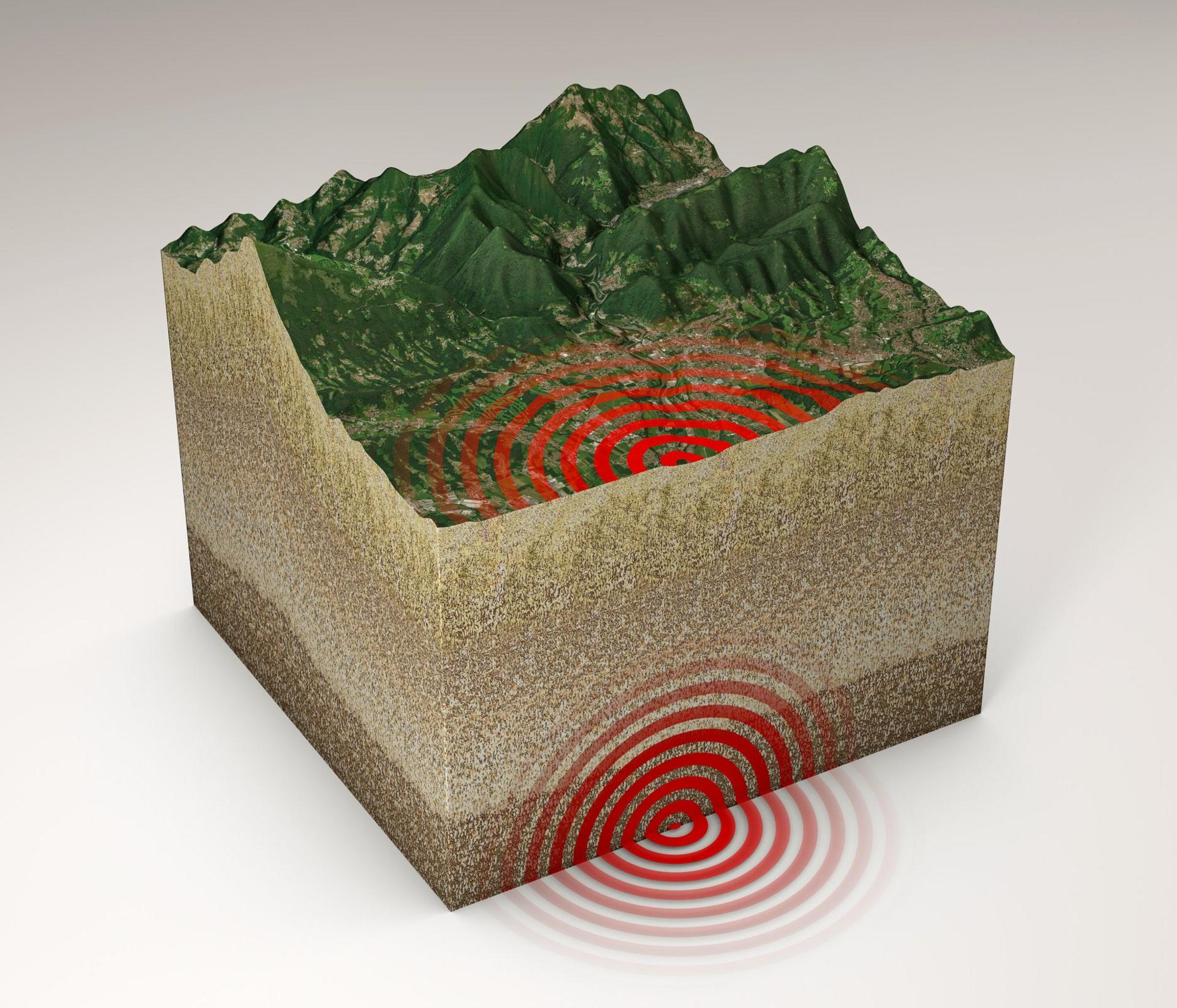
By looking at changes in seismic waves caused by earthquakes, the scientists have a better idea of what's going on at the centre of the planet, far deeper than any drills could ever reach
What do the findings suggest?
The researchers believe the data they've collected shows evidence that there's a solid 'metallic ball' within Earth's inner core.
They came to this conclusion because the seismic waves changed speed when they went through the Earth's core.
The data suggests the innermost inner core is a dense iron ball around 650km (404 miles) in diameter.
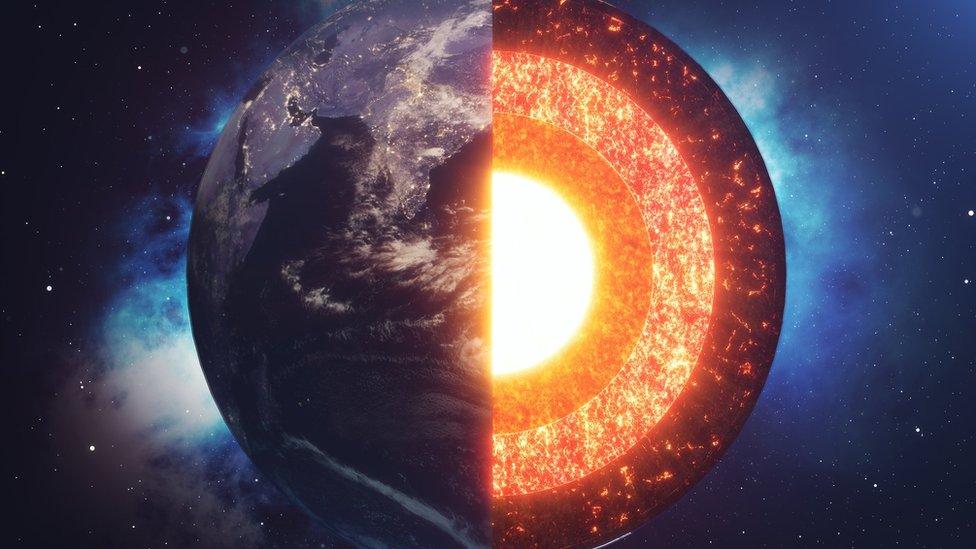
What does it mean?
Professor Hrvoje Tkalčić from ANU said studying the deep interior of Earth's inner core can tell us more about our planet's past and evolution.
"This inner core is like a time capsule of Earth's evolutionary history - it's a fossilised record that serves as a gateway into the events of our planet's past. Events that happened on Earth hundreds of millions to billions of years ago," he said.
Professor Tkalčić added: "There are still many unanswered questions about the Earth's innermost inner core, which could hold the secrets to piecing together the mystery of our planet's formation."
Are you interested in how our planet was formed? Let us know in the comments.
- Published11 May 2019
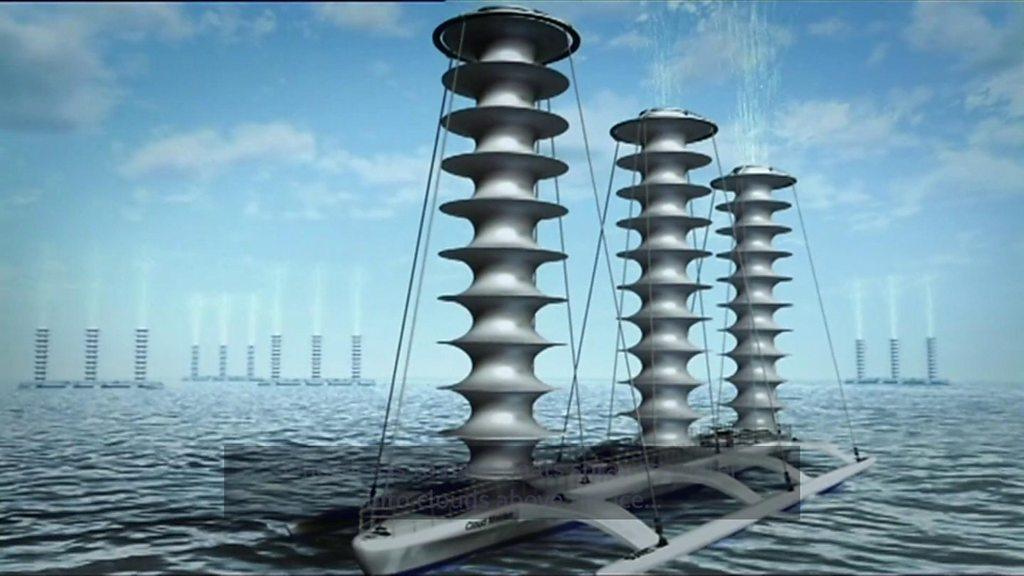
- Published8 March 2022
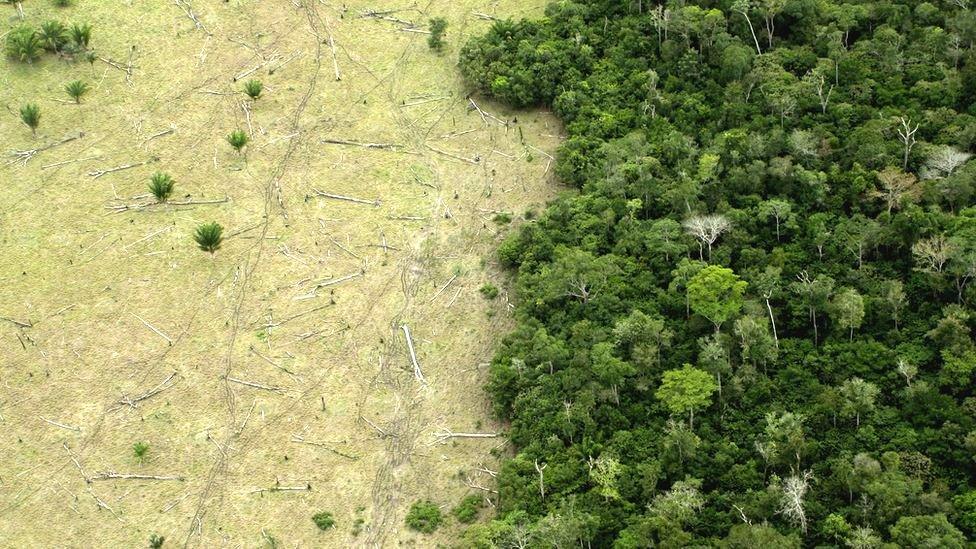
- Published9 November 2021

